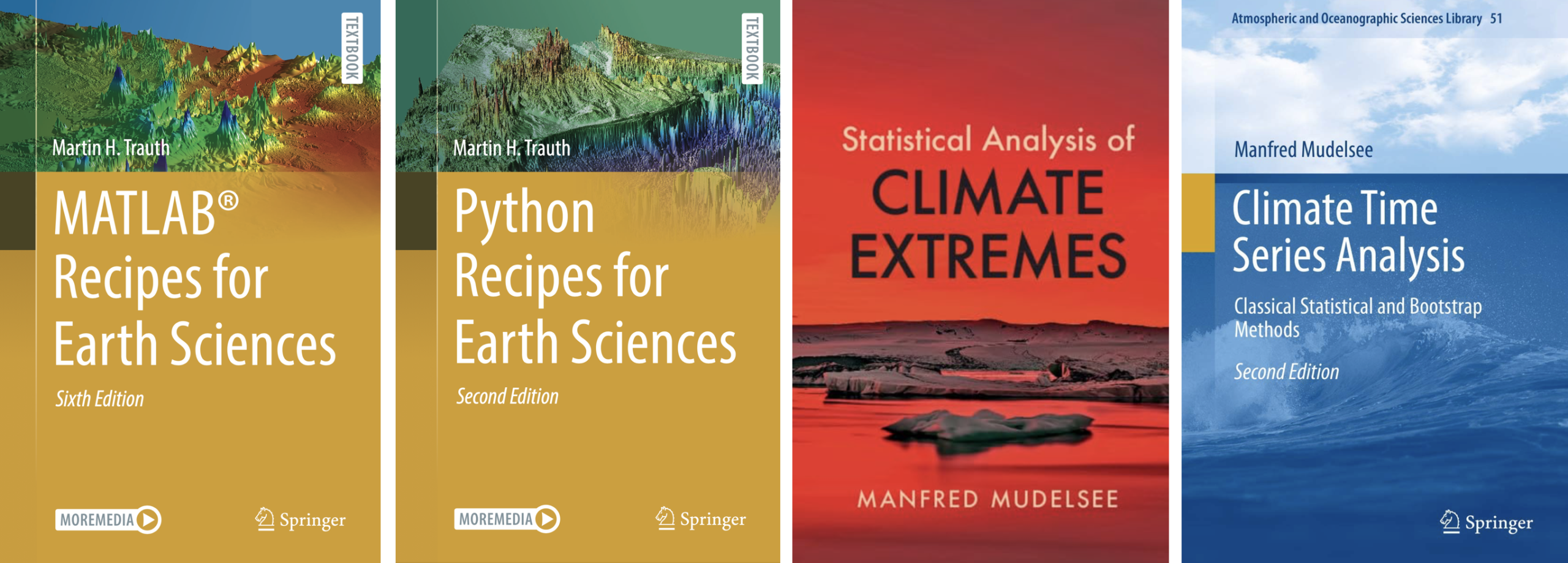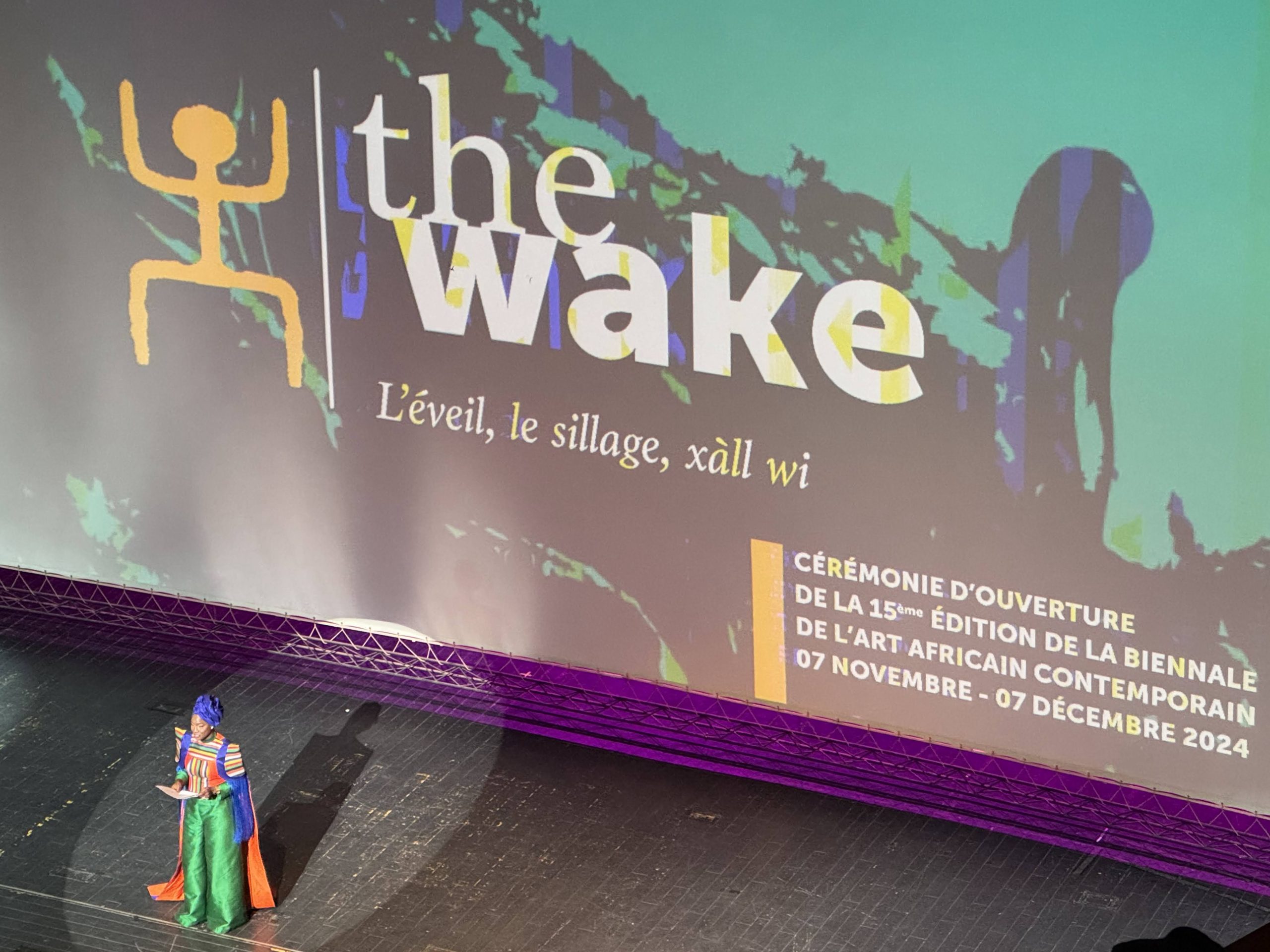PROTECT YOUR DNA WITH QUANTUM TECHNOLOGY
Orgo-Life the new way to the future Advertising by AdpathwayOne of the deadliest volcanoes on the planet has resulted in more than 15,000 fatalities across 10 distinct eruptions. I am not referring to Mount Vesuvius, but rather a volcano few people have ever heard of; Kelud. This volcano has a history of producing deadly lahars due to the sudden drainage during an eruption of its entire crater lake. Yet, since 1966, a successful mitigation strategy has significantly decreased the hazard this poses, which today's video will discuss. Thumbnail Photo Credit: This work "Kelud2010v2", is a derivative of a photo (resized, cropped, sharpened image, decreased image's original color temperature, text overlay, overlaid with GeologyHub made graphics (the image border & the GeologyHub logo)) from "tangga@gunung kelud", by: zahidayat2007, zahidayat, 2010, Posted on Flickr, Flickr account link: https://www.flickr.com/photos/zahidayat, Photo link: https://www.flickr.com/photos/zahidayat/8128971503, CC BY 2.0. "Kelud2010v2" is used & licensed under CC BY 2.0 by Youtube.com/GeologyHub If you would like to support this channel, consider using one of the following links: (Patreon: http://patreon.com/geologyhub) (YouTube membership: https://www.youtube.com/channel/UCYeGh5VML5XPr5jYnzh3J6g/join) (Gemstone & Mineral Etsy store: http://prospectingarizona.etsy.com) (GeologyHub Merch Etsy store: http://geologyhub.etsy.com) Google Earth imagery used in this video: ©Google & Data Providers This video is protected under "fair use". If you see an image and/or video which is your own in this video, and/or think my discussion of a scientific paper (and/or discussion/mentioning of the data/information within a scientific paper) does not fall under the fair use doctrine, and wish for it to be censored or removed, contact me by email at [email protected] and I will make the necessary changes. Various licenses used in sections of this video (not the entire video, this video as a whole does not completely fall under one of these licenses) and/or in this video's thumbnail image (and this list does not include every license used in this video and/or thumbnail image): Public Domain: https://creativecommons.org/publicdomain/mark/1.0/ CC BY 2.0: https://creativecommons.org/licenses/by/2.0/legalcode CC BY SA 3.0: https://creativecommons.org/licenses/by-sa/3.0/legalcode CC BY 4.0: https://creativecommons.org/licenses/by/4.0/legalcode Sources/Citations: [1] PVMBG (Indonesia) (Pusat Vulkanologi dan Mitigasi Bencana Geologi) (Indonesia) [2] Auker, M.R., Sparks, R.S.J., Siebert, L. et al. A statistical analysis of the global historical volcanic fatalities record. J Appl. Volcanol. 2, 2 (2013). https://doi.org/10.1186/2191-5040-2-2, CC BY 2.0. [3] Brown, S.K., Jenkins, S.F., Sparks, R.S.J. et al. Volcanic fatalities database: analysis of volcanic threat with distance and victim classification. J Appl. Volcanol. 6, 15 (2017). https://doi.org/10.1186/s13617-017-0067-4, CC BY 4.0. Whenever a figure regarding the specific number of volcano related fatalities from a particular volcano and the number of deadly incidents a volcano had is mentioned, they are either completely sourced from or largely based upon (with some GeologyHub additions) the dataset associated with this scientific paper. This source was also used to cite the number of volcanoes in each country which caused fatalities. [4] VEIs, dates/years, composition, tephra layer name, DRE estimates, and bulk tephra volume estimates for volcanic eruptions shown in this video which were assigned a VEI 4 or larger are sourced from the LaMEVE database (British Geological Survey © UKRI), https://www2.bgs.ac.uk/vogripa/view/controller.cfc?method=lameve, Used with Permission [5] Source of Volcanic Explosivity Index (VEI) methodology and criteria: Newhall, C. G., and Self, S. (1982), The volcanic explosivity index (VEI) an estimate of explosive magnitude for historical volcanism, J. Geophys. Res., 87(C2), 1231–1238, doi:10.1029/JC087iC02p01231. [6] U.S. Geological Survey [7] J. Ewert, A. Diefenbach, D. Ramsey, "2018 Update to the U.S. Geological Survey National Volcanic Threat Assessment", U.S. Geological Survey, Accessed October 22, 2022. https://pubs.usgs.gov/sir/2018/5140/sir20185140.pdf [8] USGS Denver Library Photographic Collection 0:00 Kelud Eruption 1:16 Deadly Lahars 2:22 Hazard Mitigation 4:03 Kelud's Erosion 5:14 Eruption Rate























 English (US) ·
English (US) ·  French (CA) ·
French (CA) ·